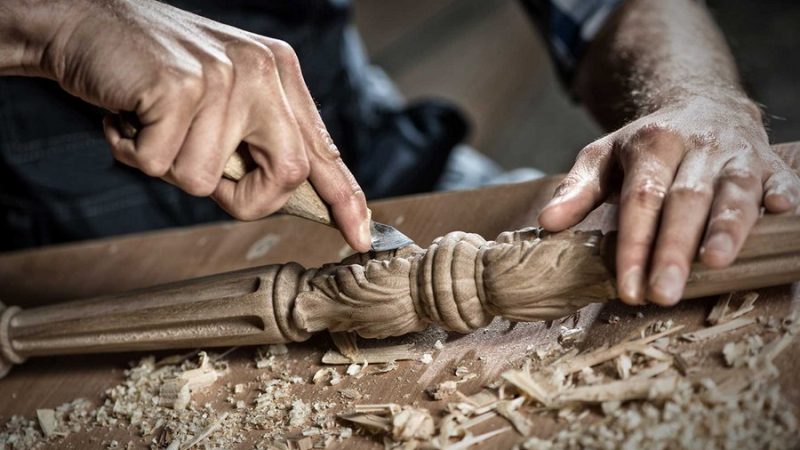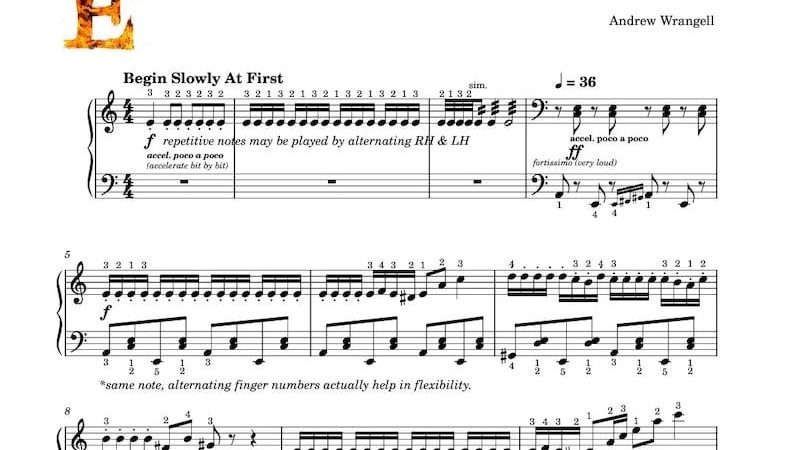Ortolan Bunting

Hidden away in the remote corners of Europe, a tiny bird with a big reputation has captured the imagination of gourmets and conservationists alike. Meet the ortolan bunting, a creature of both controversy and fascination, celebrated for its delicate flavor and lamented for its declining population.
A Culinary Delicacy
The ortolan bunting, Emberiza hortulana, is a small passerine bird native to Europe, particularly found in France, where it has achieved legendary status in culinary circles. Revered for its rich and delicate taste, the ortolan has been a prized delicacy for centuries, sought after by epicureans and gourmands.
The culinary tradition surrounding the ortolan is as rich and complex as the flavor of the bird itself. Historically, ortolans were captured alive, force-fed a diet of millet and grapes until they were plump, then drowned in Armagnac and roasted whole. The ritual of consuming the ortolan involves covering one’s head with a napkin or towel, purportedly to retain the aromas and to hide the act from God, as eating the ortolan was deemed a sinful indulgence. Diners would then consume the bird whole, bones and all, savoring its exquisite taste.
Controversy and Conservation
However, the ortolan’s gastronomic allure has also been its curse. The centuries-old tradition of capturing and consuming ortolans has taken a heavy toll on their population. Rampant hunting, habitat loss, and changing agricultural practices have all contributed to a significant decline in ortolan numbers across Europe. Today, the species is listed as Near Threatened on the International Union for Conservation of Nature’s Red List.
Efforts to protect the ortolan and its habitat have been met with mixed success. Conservationists have campaigned for the enforcement of hunting bans, the preservation of breeding grounds, and the promotion of sustainable farming practices. Despite these efforts, illegal trapping and poaching persist in some regions, fueled by demand from black market buyers willing to pay exorbitant prices for this forbidden delicacy.
Balancing Tradition and Conservation
The plight of the ortolan bunting raises profound questions about the intersection of culinary tradition, biodiversity conservation, and ethical consumption. Can ancient culinary practices coexist with modern conservation efforts? Is it possible to appreciate the cultural significance of a dish while acknowledging the ecological harm it inflicts?
Some argue that the ortolan’s cultural significance justifies its continued consumption, albeit in a regulated and sustainable manner. They advocate for strict hunting quotas, habitat restoration initiatives, and educational campaigns to raise awareness about responsible consumption.
Others contend that the ortolan’s status as a threatened species necessitates a complete ban on its consumption, regardless of its cultural significance. They argue that gastronomic traditions must evolve to align with contemporary conservation values and that the survival of the ortolan should take precedence over culinary indulgence.
Conclusion
As debates over the ortolan bunting continue to simmer, one thing remains clear: the fate of this enigmatic bird is intimately tied to broader questions about our relationship with the natural world. Whether it serves as a symbol of culinary heritage or a rallying cry for conservation, the ortolan challenges us to consider the consequences of our appetites and the responsibilities we bear as stewards of the planet.






